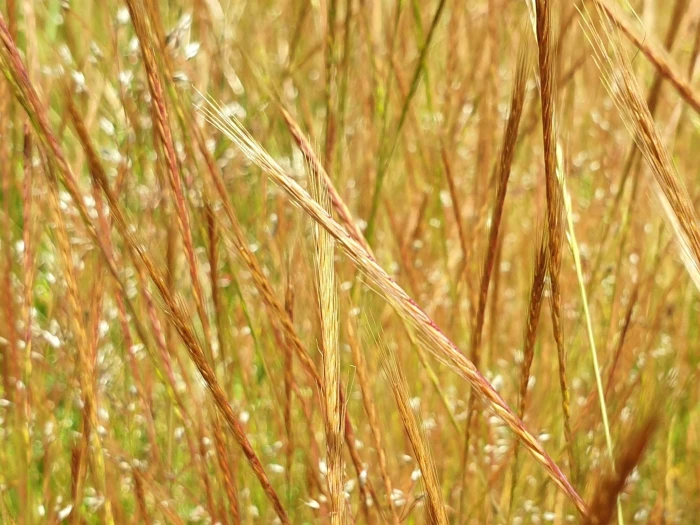Annual Fescue
(Festuca myuros)
Annual Fescue (Festuca myuros)
/
/

Clément Maouche
CC BY 4.0
Image By:
Clément Maouche
Recorded By:
Copyright:
CC BY 4.0
Copyright Notice:
Photo by: Clément Maouche | License Type: CC BY 4.0 | License URL: http://creativecommons.org/licenses/by/4.0/ | Rights Holder: Clément Maouche | Publisher: iNaturalist | Date Created: 2023-05-30T11:31:28Z |

























Estimated Native Range
Climate Requirements for Killeen, Texas
| This Plant | Your Site | Plant Suitability for Your Location | ||
|---|---|---|---|---|
| • Precipitation | 0" - 175" | 31" | You should be able to grow this plant with no additional irrigation. | Excellent |
| • High Temp. | 50°F - 108°F | 96°F | Your summer temperatures are normal for this plant. | Excellent |
| • Low Temp. | -8°F - 71°F | 35°F | Your winter temperatures are normal for this plant | Excellent |
This plant should grow very well at your location without additional irrigation.
Summary
Festuca myuros, commonly known as annual fescue or rat’s-tail fescue, is an annual grass native to Mediterranean regions and temperate Eurasia. It has a tufted growth habit and can reach up to 70 cm in height. The plant is characterized by its slender, erect stems and narrow, rolled leaves. Flowering occurs in late spring to early summer, with the inflorescences being slender, dense, and spike-like, resembling a rat’s tail. The flowers are not particularly showy, being more functional than ornamental. This species is adapted to a wide range of habitats, including grasslands, roadsides, and disturbed sites.
Annual fescue is valued for its ability to thrive in poor soils and its use in erosion control. It is often found in urban environments, where it can colonize bare ground quickly. In cultivation, it requires minimal care, growing well in full sun to part shade and in a variety of soil types, though it prefers well-drained conditions. It is drought-tolerant once established. However, due to its invasive nature in some regions, it is not recommended for ornamental use where it can spread uncontrollably.CC BY-SA 4.0
Annual fescue is valued for its ability to thrive in poor soils and its use in erosion control. It is often found in urban environments, where it can colonize bare ground quickly. In cultivation, it requires minimal care, growing well in full sun to part shade and in a variety of soil types, though it prefers well-drained conditions. It is drought-tolerant once established. However, due to its invasive nature in some regions, it is not recommended for ornamental use where it can spread uncontrollably.CC BY-SA 4.0
Plant Description
- Plant Type: Grass
- Height: 1-2.5 feet
- Width: 1-2 feet
- Growth Rate: Rapid
- Flower Color: N/A
- Flowering Season: Spring, Summer
- Leaf Retention: Evergreen
Growth Requirements
- Sun: Full Sun, Part Shade
- Water: Low, Medium
- Drainage: Medium, Fast
Common Uses
Erosion Control, Low Maintenance
Natural Habitat
Native to Mediterranean regions and temperate Eurasia and potentially invasive outside its native range
Other Names
Common Names: Nodding fescue, Foxtail fescue
Scientific Names: Festuca myuros, Avena muralis, Bromus bohemicus, Bromus bohemicus, Distomischus myuros, Distomomischus myuros, Festuca bromoides var. pseudomyuros, Festuca commutata, Festuca linearis
GBIF Accepted Name: Festuca myuros